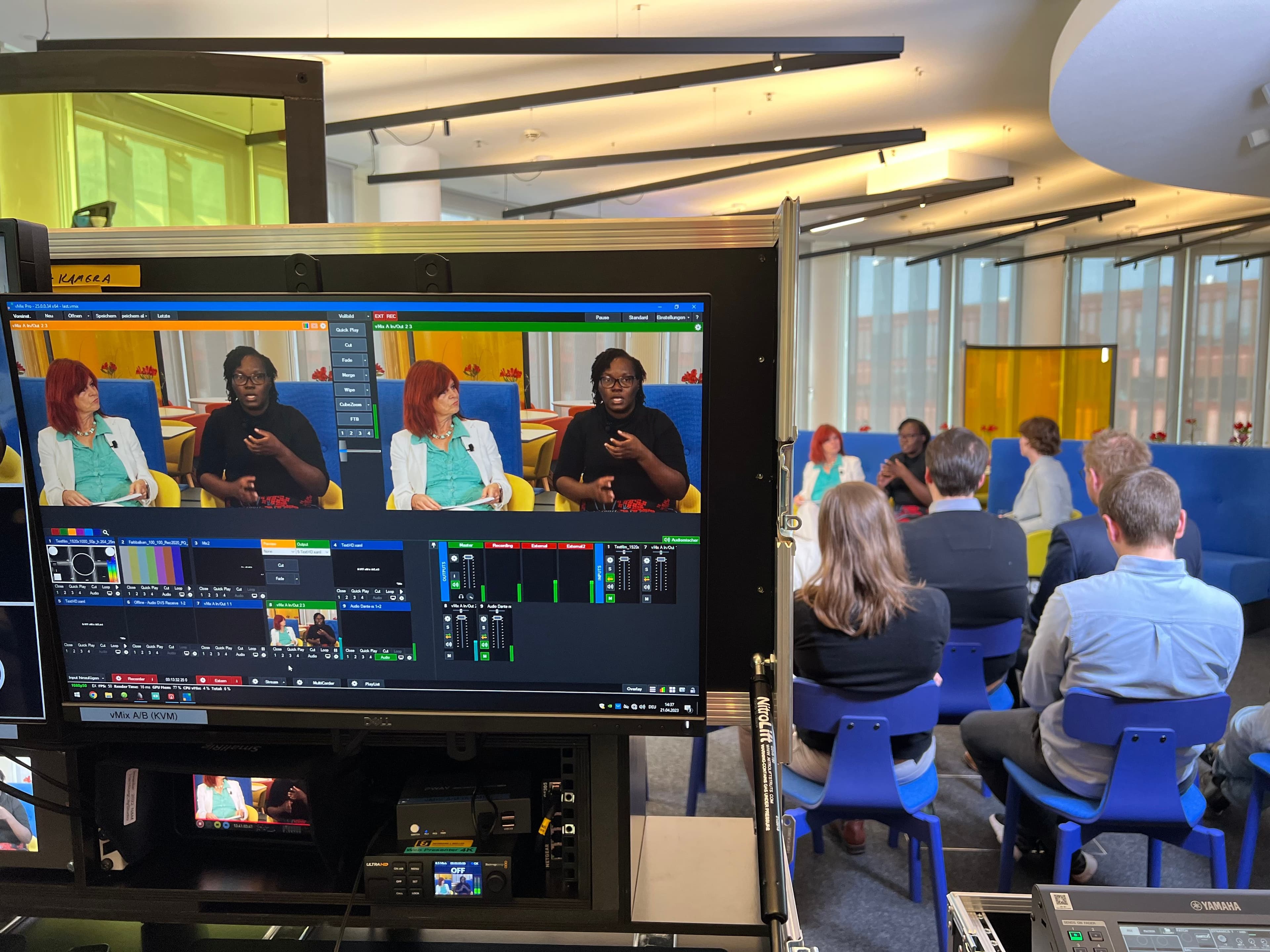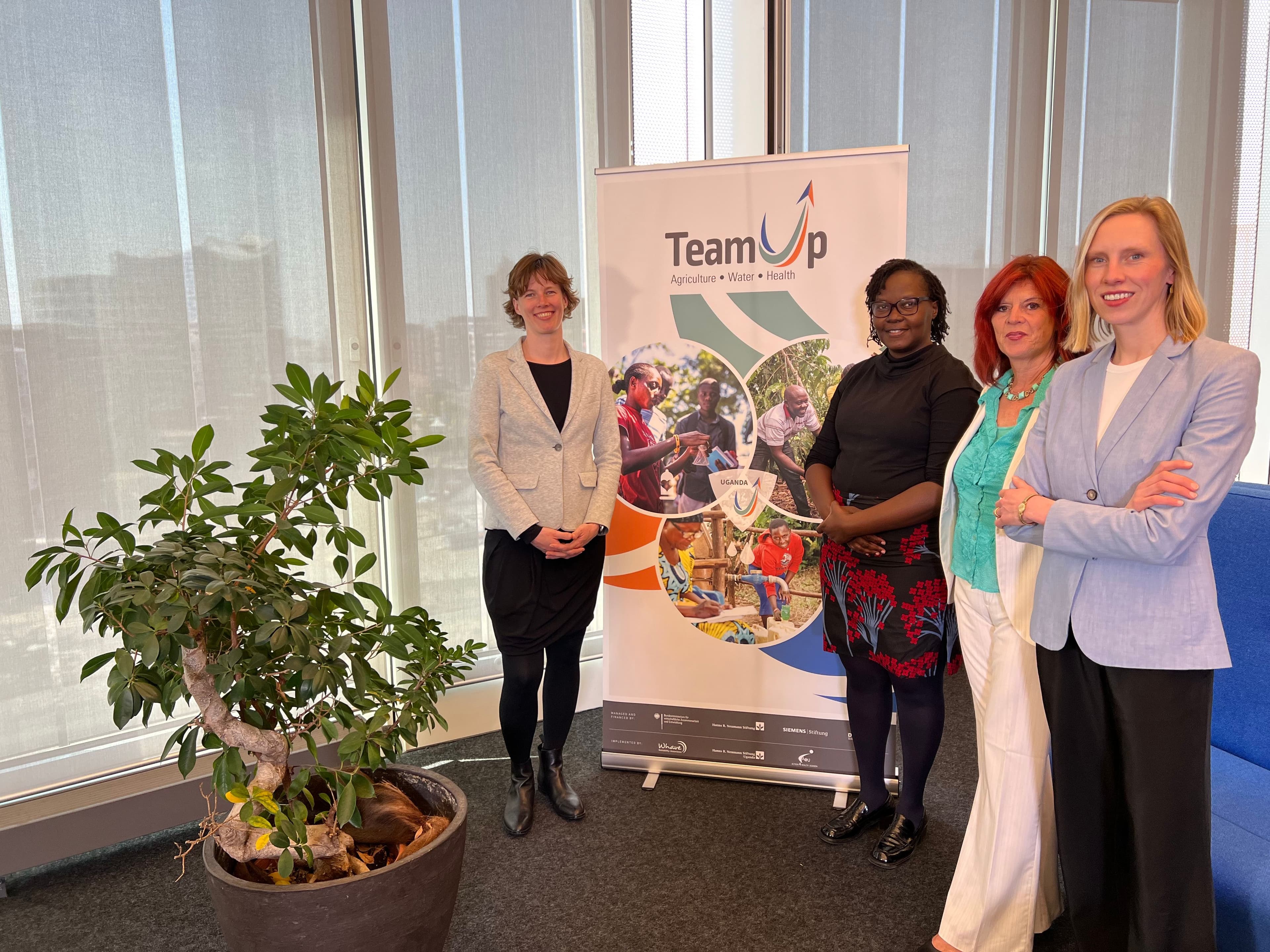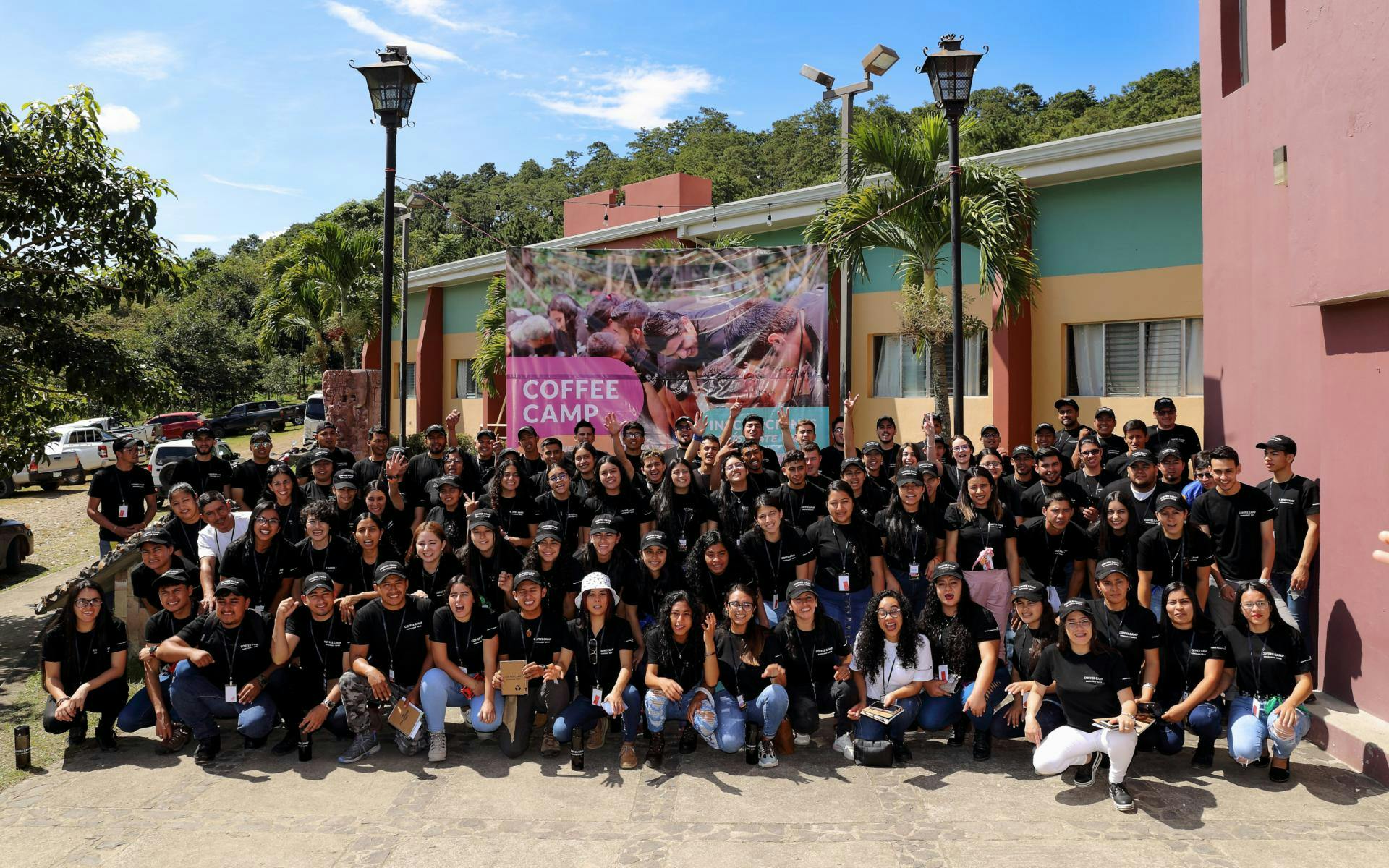An innovative young farmer with a passion for improving coffee cultivation

Radiating with determination and confidence, 28-year old coffee farmer Pak Eka Feri Anggrianwan, or ‘Pak Feri’ as he is generally known by his peers, carefully feels the surface of the harvested coffee cherries drying in the solar drier he constructed just one month ago. During the past season he still let cherries to dry on bare soil. “These cherries now desiccate in a more regular manner on the raised timber-and-netting bed of the drier”, tells Pak Feri. “Once I sell it, I will get more than double the usual price for this batch of beans.“
Selling red-picked coffee for double the normal price of coffee in his village
Pak Feri now is a HRNS key farmer. As such, he works closely with HRNS Field Officer Lukman Hidayat. He extends and disseminates good coffee cultivation practices through a series of farmer-focused field trainings. These range from grafting to integrated farm management. “I trust what I learned from HRNS, I trialed it and I found it works. As a key farmer of HRNS, I will show other farmers the knowledge that I have obtained, and if we apply it correctly it will give us a good improvement of production and income”, he contends passionately.
Pak Feri’s journey in coffee is much more multi-faceted than just this recent foray into ‘red-cherry-picking’. Pak Feri was born on the Island of Java, in the town of Ponorogo, where he spent his childhood. After graduating from high school in Ponogoro, Pak Feri took up a manufacturing job with the Indonesian retailer Indomaret. Pak Feri’s father, however, was originally from southern Sumatra and remotely maintained a coffee farm in his ancestral village there. When Pak Feri visited his father on his farm in Kemu Village in 2013, he immediately fell in love with the village and its environment. “Especially with its cool, clean and fresh air”, he smiles. He calculated how to live in the countryside and decided to move. 2015 he bought a plot of land with his savings and started growing his own coffee. He registered with a farmer group and by that could support in further developing his coffee production. “I trialed different varieties of coffee that combined traits of stronger resistance to coffee berry borers or nematodes with suitable levels of productivity. I also planted two types of shade trees, subsequently comparing and evaluating what the effects of these trees were on his coffee production”, Pak Feri explains his efforts.
In 2017, his farmer group joined the J. M. Smucker-commissioned, HRNS-implemented, ‘Strengthening the Smallholder Robusta Sector in Sumatra’ project, where he got to meet HRNS Field Officer Lukman.
I started to test different fertilizer practices. That included making my own compost using different formulations and additions as well as different types and dosages of several locally-available inorganic fertilizers.
As a result, Pak Feri’s coffee yields have risen every year. From harvesting less than one ton from his land when he initially started farming coffee in 2015, he now expects to harvest over two tons this year from his single hectare, an amount about triple of the area average for coffee yields. This has also translated into more income for Pak Feri. “Today I already have two coffee farms and a motorbike that I bought from my own coffee income. The rest of the money I put in the bank. This saving I use it for my living expenses.” he proudly points out, having bought a second coffee farm just this year. And as he is still unmarried, these savings will undoubtedly help him establish a family once he does get married.


He doesn’t even need to show other farmers: his neighbors are already starting to emulate similar practices on their own farms. Some already were about giving up farming and now also start seeing a promise in coffee farming: some have started to selectively harvest only red cherries, to dry these on a tarpaulin rather than on bare soil, and to methodologically apply appropriate types and proper dosages of fertilizer.



